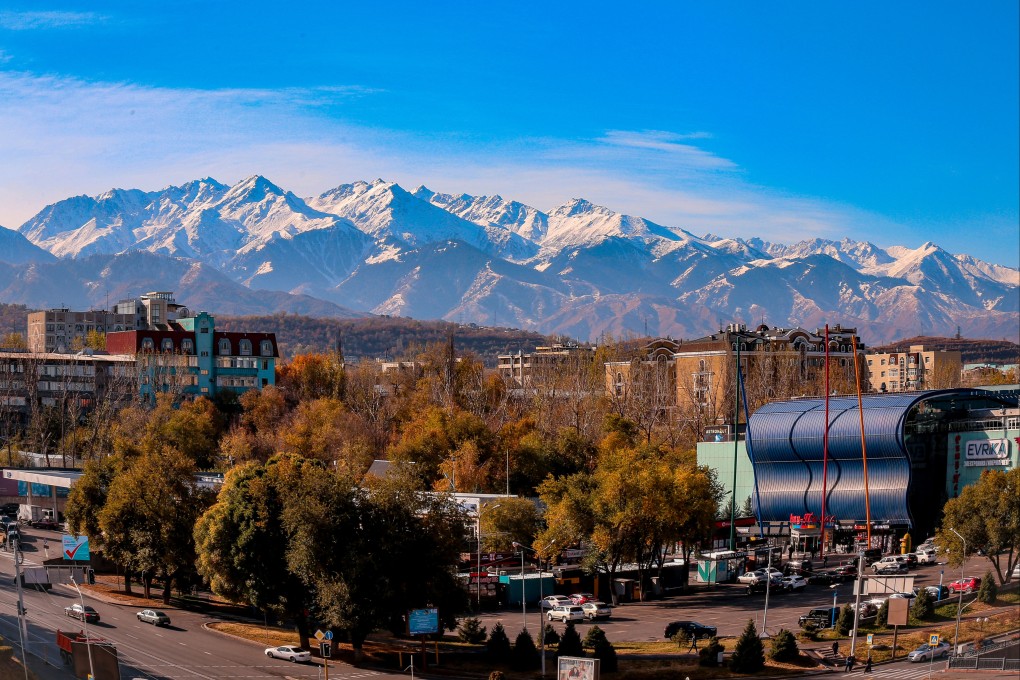Opinion | China and the EU have a logistics problem. Central Asia stands to benefit
Given the wars in the Middle East and Ukraine, a safer trade route might be the one through Central Asia and the Caucasus

Although the Red Sea and the Suez Canal are still crucial gateways for international shipping and commerce, many companies have diverted their ships via the Cape of Good Hope in South Africa. But this leads to longer transit times and higher costs for Europe-bound Chinese goods. Under the current geopolitical circumstances, a land corridor may be the best route. But which one?
For many years, the Northern Corridor – connecting Europe and Asia, especially China, via the Russian railway network – has played an important role in Beijing’s transport strategy. But as a result of the war in Ukraine, and the spillover effects in the border regions of Russia, this route has also become problematic.
It is therefore no surprise that China Railway Container Transport Corporation recently confirmed plans to participate in the Middle Corridor Multimodal joint venture with Kazakhstan, Azerbaijan and Georgia. Beijing is also looking to build a deep-sea port in Anaklia, on Georgia’s Black Sea coast. Such a facility should be capable of handling large volumes of container and other cargo. Moreover, the port would likely strengthen the role of Georgia along the Middle Corridor.


